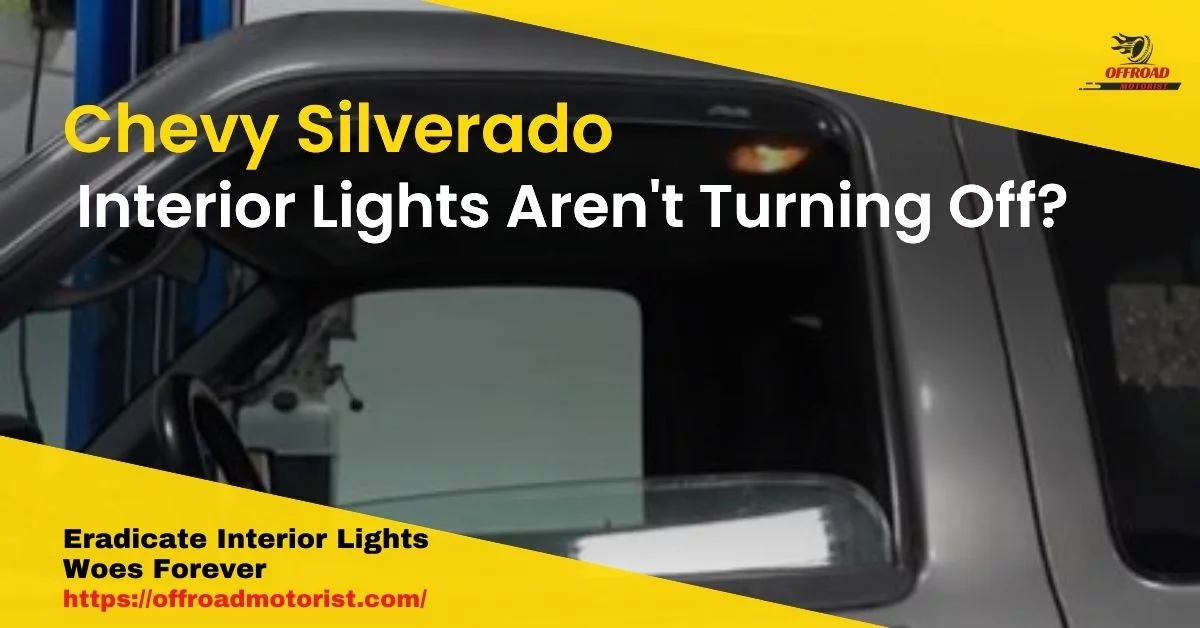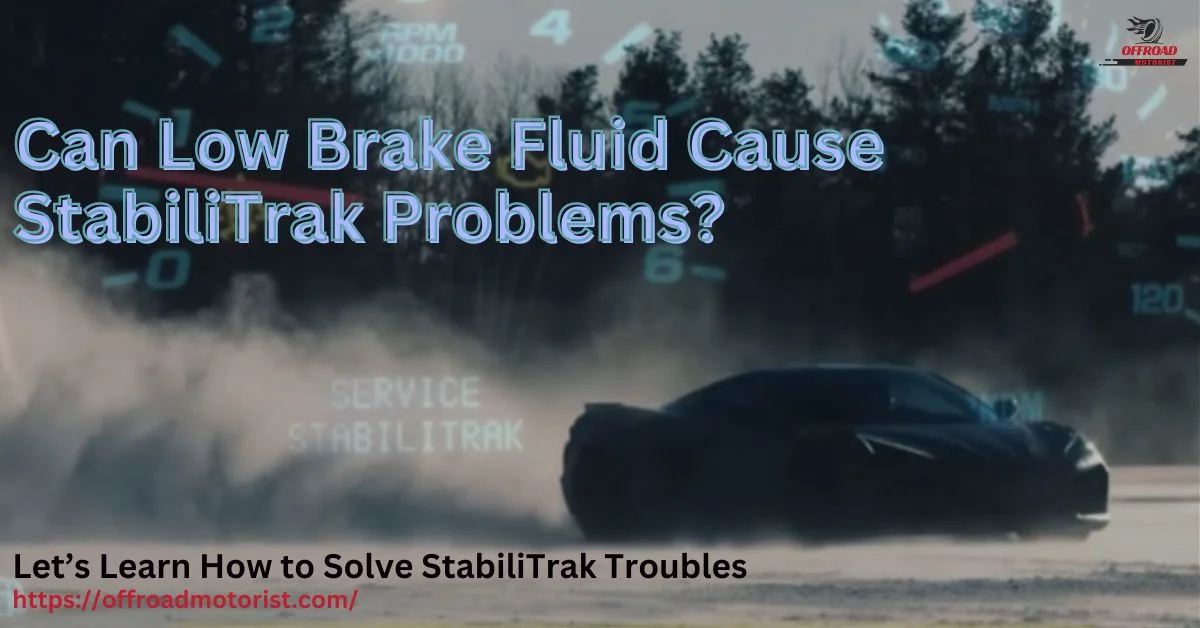Ride with Ease: Solving the P0449 Chevy Tahoe Code with Expert Solutions
The Chevrolet Tahoe is a popular full-size SUV known for its spacious interior, powerful engine, and smooth handling.
However, for some owners, the joy of driving this vehicle is disrupted by a common error code known as P0449. Solving the P0449 code in your Chevrolet Tahoe is essential to ensure a smooth and comfortable ride.
What is the P0449 Code?
The P0449 code is a diagnostic trouble code (DTC) that indicates a problem with the evaporative emission control system (EVAP) in your Chevrolet Tahoe.
The EVAP system controls the fuel vapors in the fuel tank and prevents them from escaping into the atmosphere.
When the engine control module (ECM) detects a problem with the EVAP system, it will trigger the P0449 code.
This code signals a problem with the evaporative emission control system (EVAP) and can lead to reduced fuel efficiency, engine performance issues, and even a failed emissions test.
What Causes the P0449 Code in Chevy Tahoe Vehicles?
There are several potential causes of the P0449 code in a Chevrolet Tahoe, including:
- Malfunctioning purge solenoid valve
The most common cause of the P0449 code is a faulty vent valve or solenoid. This component can become clogged with debris or wear out over time, reducing its ability to control the flow of fuel vapors.
- Faulty fuel tank pressure sensor
The fuel tank pressure sensor measures the pressure inside the fuel tank and reports the data to the engine control module. If the sensor is damaged or not working correctly, it may send a fault code and trigger the P0449 code.
- Vacuum leak in the EVAP system
If there is a vacuum leak in the EVAP system, this can also cause the P0449 code to appear. Vacuum leaks can occur due to a damaged hose, a loose connection, or a cracked vacuum tank.
- Damaged or clogged EVAP canister or hose
The EVAP canister is part of the evaporative emission control system and stores fuel vapors until the engine can burn them off. A clogged or damaged canister or hose can prevent the flow of fuel vapors, leading to a buildup of pressure in the system and triggering the P0449 code.
- Electrical issues:
A damaged or corroded wiring harness or a failed electrical component, such as a relay or control module, could result in incorrect data being sent to the engine control module, leading to a fault code and the P0449 code being triggered.
Effects of the P0449 code on Chevrolet Tahoe
If the P0449 code is unaddressed, it can harm the performance and fuel efficiency of your Chevrolet Tahoe. Some of the symptoms you may experience include the following:
- Decrease in fuel efficiency
- Engine performance issues, such as rough idling or hesitation during acceleration
- Difficulty starting the engine
- A failed emissions test
If you’re experiencing the P0449 code in your Chevy Tahoe, it’s recommended that you have it inspected by a professional mechanic to diagnose the issue and make necessary repairs.
Expert Solutions to Solve the P0449 Code in Chevy Tahoe
In this session, we’ll describe methods to solve the p0449 code in Chevy Tahoe. So let’s dive in!
Method 01: Checking the Evaporative Emission Control System (EVAP)
The first step in solving the P0449 code is to inspect the EVAP system to identify potential problems. To check the EVAP system, you will need to:
Check the hoses and connections for leaks or damage:
Start by visually inspecting all of the hoses and connections in the EVAP system. Look for cracks, holes, or other signs of damage.
If any leaks or damage is found, you will need to repair or replace the damaged component(s).
Inspect the EVAP canister for signs of clogging or damage:
The EVAP canister is responsible for storing the fuel fumes until the engine can burn them off.
If the canister is clogged or damaged, it can cause problems with the EVAP system. Inspect the canister for signs of damage or clogging and replace it if necessary.
Test the fuel tank pressure sensor to ensure it is functioning properly:
The fuel tank pressure sensor is responsible for monitoring the pressure in the fuel tank and reporting this information to the engine control module.
If the sensor is not functioning correctly, it can cause problems with the EVAP system. You can test the sensor using a digital multimeter and compare the readings to the manufacturer’s specifications.
If the readings are outside the specified range, the sensor will need to be replaced.
Method 02: Replacing the Fuel Tank Pressure Sensor
If the fuel tank pressure sensor is found to be faulty, it will need to be replaced. Replacing the Fuel Tank Pressure Sensor involves:
01. Removing the old sensor:
To remove the old sensor, you will need to locate it in the fuel tank and disconnect the electrical connections. Then, use a socket wrench to loosen the bolts that hold the sensor in place and remove it from the tank.
02. Installing a new fuel tank pressure sensor:
To install a new fuel tank pressure sensor, you will need to clean the area around the sensor and tighten the bolts to secure the sensor. Then, reconnect the electrical connections and test the sensor to ensure it is functioning correctly.
03. Testing the new sensor to ensure it functions correctly:
You can test the new sensor using a digital multimeter and compare the readings to the manufacturer’s specifications.
If the readings are within the specified range, the sensor is functioning correctly. If the readings are outside the specified range, the sensor may need to be adjusted or replaced.
Method 03: Repairing the Vacuum Leaks
If a vacuum leak is found in the EVAP system, it will need to be repaired. A vacuum leak is a gap in the system that allows air to enter the system, which can cause problems with the EVAP system.
To repair a vacuum leak, you will need to:
01. Locate the source of the leak:
To locate the source of the leak, you can use a vacuum leak detection kit or a smoke machine. The kit or machine will inject a vapor into the system and reveal any leaks by showing you where the vapor is escaping.
02. Repair or replace the damaged component(s):
Once you have located the source of the leak, you can repair or replace the damaged component as needed.
Repairing or replacing the damaged component(s) may involve replacing a hose, repairing a damaged connection, or replacing a component like the EVAP canister.
Method 04: Replacing the Purge Solenoid
The purge solenoid controls the flow of fuel vapors from the EVAP canister to the engine. If the purge solenoid is faulty, it can cause problems with the EVAP system. To replace the purge solenoid, you will need to:
01. Locate the purge solenoid:
The purge solenoid is typically located near the engine and can be found using a repair manual or a wiring diagram for your vehicle.
02. Disconnect the electrical connections:
To remove the purge solenoid, you will need to disconnect the electrical connections that power it.
03. Remove the old purge solenoid:
Use a socket wrench to loosen the solenoid’s bolts and remove it from the vehicle.
04. Install a new purge solenoid:
To install a new purge solenoid, you will need to clean the area around it, tighten the bolts to secure it, and reconnect the electrical connections.
05. Test the new solenoid to ensure it is functioning correctly:
After installing the new purge solenoid, it is important to test it to ensure it is functioning correctly. You can do this by starting the engine and monitoring the engine control module for any codes related to the EVAP system.
If the engine control module does not report any issues, the new solenoid is functioning correctly.
Note: Following these expert solutions, you can easily solve the P0449 code in your Chevrolet Tahoe and get back on the road. If you encounter any difficulties with these solutions or need additional assistance, it is recommended to seek the help of a professional mechanic.
DIY Repairs Vs Professional Services: Pros and Cons
When it comes to fixing the P0449 code in your Chevrolet Tahoe, you have two options: do it-yourself (DIY) repairs or seek the help of a professional service.
Both DIY repairs and professional services have their unique pros and cons. The best option for you will depend on your expertise level, the issue’s severity, and your personal preferences.
DIY Repairs Pros:
Cost Savings: One of the biggest advantages of DIY repairs is that you can save on labor costs. Rather than paying a professional mechanic to fix the problem, you can do the repairs yourself and save money on labor costs.
Increased Knowledge: Doing your repairs can also increase your knowledge of how your vehicle works. Doing your own can be especially beneficial if you encounter similar problems in the future and need to fix them on your own.
Convenience: With DIY repairs, you can complete the repairs on your own schedule and at your own pace. DIY repairs can be useful if you have a busy schedule or want to avoid taking your vehicle to a shop for an extended time.
DIY Repairs Cons:
Lack of Expertise: One of the biggest disadvantages of DIY repairs is that you may need more expertise or experience to diagnose and fix the problem properly.
If you need to familiarize yourself with automotive systems and how they work, you may make a mistake that causes additional problems or worsens the issue.
Time-Consuming: DIY repairs can also be time-consuming, especially if you’re unfamiliar with the problem or need the right tools. DIY repairs can be frustrating if you have other commitments or deadlines.
Risk of Further Damage: Doing your own repairs also involves the risk of causing further damage to your vehicle. If you make a mistake or use the wrong parts, you could end up causing more harm than good.
Professional Services Pros:
Expertise: One of the biggest advantages of professional services is that you have access to the expertise of a trained and experienced mechanic. Professional Services can be especially helpful if you need to become more familiar with automotive systems and how they work.
Guaranteed Results: With professional services, the problem will be fixed correctly. If the mechanic makes a mistake, they will be responsible for fixing it and ensuring that your vehicle is in proper working order.
Time Savings: Seeking the help of a professional service can also save you time. Rather than spending hours trying to diagnose and fix the problem yourself, a professional mechanic can quickly and efficiently diagnose and repair the issue.
Professional Services Cons:
Cost: One of the biggest disadvantages of professional services is the cost. Hiring a professional mechanic can be more expensive than doing the repairs yourself, especially if the issue requires a lot of time and effort.
Lack of Control: When you hire a professional service, you may have less control over the repairs and how they’re performed. If you have specific preferences or concerns, it may be more difficult to communicate these to a professional mechanic.
Note: If you need more confidence in your ability to diagnose and fix the problem yourself, it’s best to seek the help of a professional service. Need help with the Chevy Tahoe Day time running Light issues? Click here.
FAQs on Evaporative Emission Control System (EVAP)
The evaporative emission control system (EVAP) is a crucial component of modern vehicles that helps reduce air pollution and protect the environment.
In this session, We’ll provide some commonly asked questions and answers that will help you know more about the EVAP.
What is the role of the control valve in the EVAP system?
The control valve is responsible for controlling the flow of fuel vapor into the vapor canister. It opens and closes to allow fuel vapor to enter the canister and return to the engine.
How can I tell if my EVAP system is not working properly?
If your EVAP system is not working properly, you may notice a Check Engine light on your dashboard. Additionally, you may experience reduced fuel efficiency, rough idling, or decreased engine power.
Can I drive my car with a faulty EVAP system?
Yes, you can drive your car with a faulty EVAP system, but it is recommended to have it repaired as soon as possible to prevent further damage to your engine.
How often should I have my EVAP system checked?
You should check the EVAP system during regular maintenance, such as oil changes and tune-ups.
How much does it cost to repair a faulty EVAP system?
The cost of repairing a faulty EVAP system can vary depending on the specific problem and the make and model of your vehicle.
Can I fix a faulty EVAP system myself?
It is only recommended to attempt to fix a faulty EVAP system yourself if you have extensive experience and training in automotive repair. It is best to have the repair performed by a qualified mechanic.
How long does it take to repair a faulty EVAP system?
The amount of time it takes to repair a faulty EVAP system can vary, but it typically takes several hours to several days.
Is driving safe with a Check Engine light related to the EVAP system?
While driving with a Check Engine light related to the EVAP system is safe, driving with a faulty EVAP system can cause further damage to your engine and negatively impact your vehicle’s fuel efficiency.
Note: If you’re experiencing “Chevy Tahoe Magnetic Ride Control Problems,” We are here to help you overcome the issue. Click here for How To Get Your Smooth Ride Back!
Final Thoughts on P0449 in Chevy Tahoe
The P0449 code indicates problems with the evap system vent valve/solenoid circuit and can be caused by a malfunctioning vent valve or solenoid, vacuum leaks, or electrical issues.
If you’re experiencing the P0449 code, it’s recommended that you have your vehicle inspected by a professional mechanic to determine the root cause of the problem and ensure the necessary repairs.

![Chevy Silverado Interior Lights aren’t Turning Off? Eradicate Interior Lights Issues Forever [03 easy Steps] chevy silverado interior lights aren't turning off](https://offroadmotorist.com/wp-content/uploads/2023/02/chevy-silverado-interior-lights-arent-turning-off-150x150.jpg)










